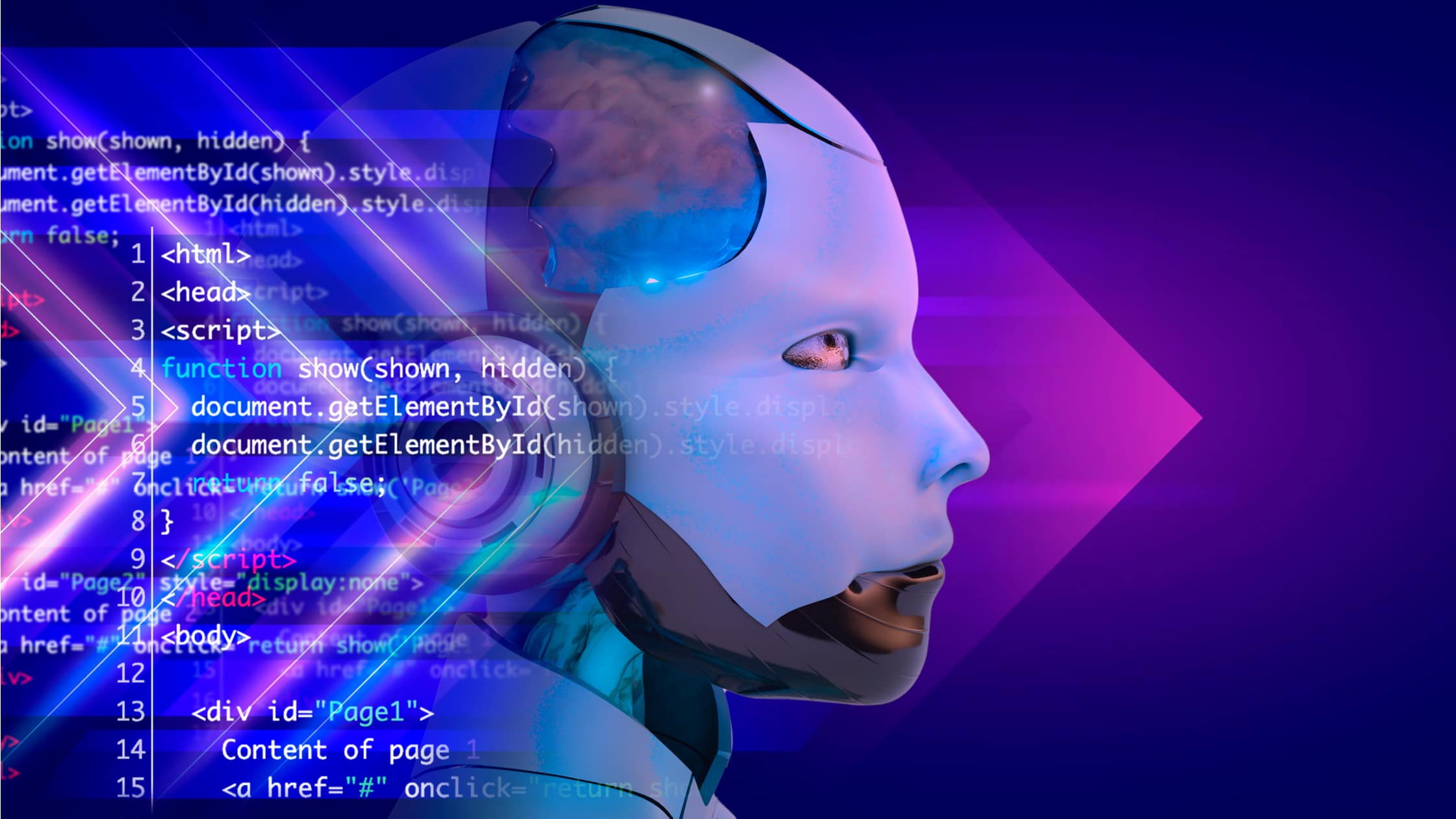Ethical AI Design refers to building artificial intelligence (AI) systems that uphold human values, fairness, accountability, transparency, and safety. It involves designing AI to function accurately or efficiently and act responsibly and respectfully toward individuals, society, and the environment.
This practice ensures that AI systems make legally, socially, and morally acceptable decisions, aligning technology development with broader ethical principles.
Why Ethical Design in AI Matters
As AI technologies become more powerful and embedded in daily life, powering decisions in healthcare, finance, education, and justice, their impact on people also grows. Poorly designed AI can amplify social inequalities, reinforce biases, invade privacy, or cause physical harm.
Ethical AI Design helps prevent these harms by embedding ethical guardrails into the development lifecycle. It shifts the focus from just solving technical problems to asking deeper questions like: “Is this fair?”, “Is this respectful?”, and “What are the consequences?”
This approach protects individuals, promotes trust in AI, and encourages long-term sustainability of AI innovation.
Core Principles of Ethical AI Design
While definitions may vary, most ethical AI frameworks agree on several key principles:
1. Fairness
AI systems should avoid bias and discrimination. They must treat people equitably regardless of race, gender, age, disability, or background. Fairness means identifying and correcting systemic biases in data, algorithms, or decision-making.
2. Accountability
Humans must be responsible for AI systems’ decisions. If an AI makes a mistake, it should be traceable to a process, organization, or person who can answer for it. This also includes documenting choices made during design and training.
3. Transparency
AI decisions should be understandable and explainable to users and stakeholders. This includes disclosing how models work, what data they use, and why certain decisions were made. Transparency supports informed consent and oversight.
4. Privacy
AI must respect individual privacy and data protection rights. This includes limiting the use of personal data, securing it properly, and ensuring users understand how their data is collected and used.
5. Safety and Robustness
AI systems must be reliable and resilient. They should not behave unpredictably or pose safety risks in real-world environments. Ethical design includes testing under stress, edge cases, and long-term deployment conditions.
6. Human-Centeredness
AI should support human autonomy and dignity. This means designing systems that empower, rather than replace or manipulate, users. The goal is to enhance human well-being, not diminish it.
Ethical Risks in AI Systems
AI systems can introduce a range of ethical risks when not designed carefully:
1. Algorithmic Bias
If training data reflects societal biases, the AI may learn and replicate those biases. For example, a hiring algorithm might favor male applicants if past company data was skewed.
2. Lack of Explainability
Many advanced AI models, especially deep learning systems, are difficult to interpret. If users can’t understand why an AI made a decision, they may not trust it or be able to challenge it.
3. Surveillance and Privacy Intrusion
Facial recognition or behavior prediction systems can monitor people without their knowledge or consent, leading to erosion of civil liberties.
4. Displacement of Jobs
Automation can displace workers, especially in routine or low-skill jobs. Without ethical design, these transitions can harm livelihoods and worsen inequality.
5. Misuse and Dual Use
AI tools can be used for malicious purposes (e.g., deepfakes, autonomous weapons, or misinformation campaigns). Ethical design requires anticipating and preventing such abuses.
Ethical Design Process in AI Development
Ethical AI Design is not a single step; it’s an ongoing process integrated throughout the AI lifecycle.
1. Problem Framing
At the outset, ask whether the problem being solved is necessary, meaningful, and ethical. Designers must consider the broader societal context, the intended and unintended uses, and who may be affected.
2. Data Collection
Ensure data is collected responsibly, with attention to consent, representation, and diversity. Bias in the data must be identified and addressed early on.
3. Model Training
Developers should test for fairness, robustness, and generalization across groups during model building. Adversarial testing can help uncover weaknesses and unintended behavior.
4. Testing and Evaluation
Beyond accuracy, models should be tested for fairness, interpretability, and safety. Metrics should include quantitative and qualitative measures.
5. Deployment and Monitoring
Once deployed, AI systems should be regularly audited and monitored for performance drift, emerging harms, or misuse. Feedback loops must allow users to report issues and request redress.
6. Retirement or Redesign
When an AI system becomes outdated, harmful, or misaligned with values, ethical design requires considering its retirement or overhaul. Continuous improvement is part of ethical responsibility.
Stakeholder Inclusion
Ethical design is not just a technical task; it requires input from multiple stakeholders:
- End users must be consulted to understand how AI affects their lives and what they need to trust and use the system safely.
- Domain experts bring context and knowledge about legal, medical, educational, or financial implications.
- Policymakers and ethicists help frame decisions within regulatory and moral boundaries.
- Marginalized communities often face the most significant risks from AI systems and must be included to address their concerns.
Involving diverse voices reduces blind spots and creates more inclusive, equitable design.
Tools and Techniques for Ethical AI Design
Several tools, methods, and frameworks can help embed ethics into AI development:
- Ethical Checklists: Step-by-step guides prompt teams to consider fairness, consent, and risks during development.
- Bias Audits: Systematic reviews of data and model predictions to detect and correct discrimination.
- Explainability Tools: Techniques like SHAP or LIME to understand model decisions.
- Differential Privacy: A technique to protect individual data during model training.
- Human-in-the-loop Design: Keeping humans involved in key decisions, especially when stakes are high.
- Model Cards and Datasheets: Documentation practices that describe how models were trained, evaluated, and intended to be used.
Using such tools does not guarantee ethical outcomes but supports responsible decision-making.
Ethical AI and Regulation
Governments and international bodies are developing guidelines and laws to promote ethical AI:
The European Union’s AI Act categorizes AI systems by risk and mandates transparency, oversight, and safety requirements. The OECD AI Principles promote inclusive growth, human-centered values, and transparency. The U.S. Blueprint for an AI Bill of Rights outlines rights like freedom from algorithmic discrimination and clear explanations. Ethical AI Design helps organizations prepare for regulatory compliance and public accountability.
Examples of Ethical AI Design in Action
Healthcare AI
Ethically designed diagnostic systems explain their reasoning to doctors, flag when confidence is low, and avoid racial or gender-based disparities in outcomes.
Hiring Algorithms
Fair AI recruitment tools anonymize applications, explain decisions, and are audited to prevent bias against underrepresented groups.
Autonomous Vehicles
Designers prioritize safety, ensure explainable decisions in edge cases (e.g., pedestrian crossings), and provide override mechanisms for human drivers.
AI Chatbots
Ethical bots are transparent about being non-human, avoid spreading misinformation, and respect user privacy and boundaries.
These examples show how ethical principles can be applied across industries to build trust and minimize harm.
Challenges in Ethical AI Design
Despite best intentions, ethical design faces real-world obstacles:
- Competing Values: Fairness and accuracy may conflict. Transparency can reduce privacy. Resolving these trade-offs is complex and context-dependent.
- Lack of Standards: There is no universal checklist for ethics, and definitions of fairness and harm vary culturally and politically.
- Time and Cost Pressures: Teams may skip ethical reviews to meet deadlines or reduce costs, undermining safety.
- Limited Awareness: Not all developers are trained in ethics. Bridging the gap between technical and ethical thinking takes time and effort.
- Rapid Advancement: AI capabilities are evolving faster than regulations or ethical frameworks can adapt, leading to gaps in oversight.
These challenges clarify that ethics must be a team-wide priority, not an afterthought or compliance burden. Ethical AI Design is the practice of building AI systems that are intelligent and efficient but also fair, accountable, transparent, and safe. It puts human values at the center of technology and acknowledges that AI’s impact goes beyond performance metrics.
To design ethical AI, we must ask hard questions, engage diverse perspectives, and build with care, understanding that technology reflects our choices. As AI becomes more powerful and embedded in daily life, ethical design is not optional; it is essential for creating technology that serves society, not just markets.



